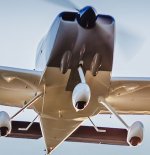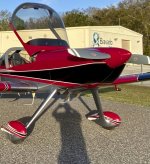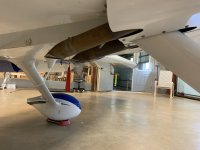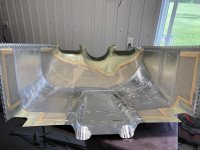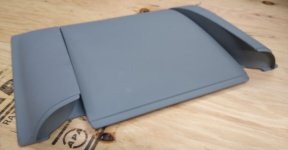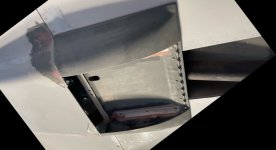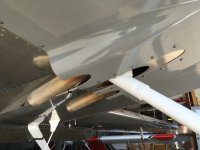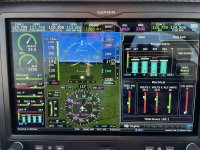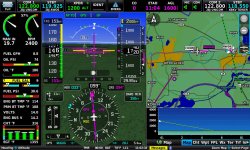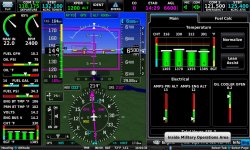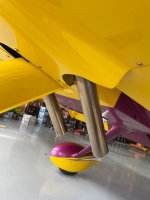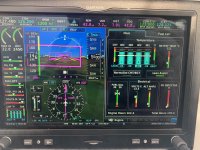After "messing" with the stock vans 4 into 1 exhaust, I opted for a Vetterman aftermarket exhaust. The standard exhaust just didn't fit like I thought it should. Example, it actually came into contact with the #4 cylander intake tube. I've got a IO-390 Thunderbolt NOT the new EXP-119 215 HP version. The Vetterman version is a dual exhaust. Since I don't have the EXP-119 cowl, it looks like I've got some fiberglass work to do. Kind of a bummer since my cowl is done, but no big deal.
What I'm scratching my head about is the tunnel. Now...I don't need it. It's just a big hole running down the middle of my airplane. My questions are:
Should I close this hole/tunnel?
What impact of cooling will it have?
What impact on cruise speed will it have?
The "standard" RV-14 cowl has a nice outlet in the center where it intersects the tunnel, I'm thinking I could leave it open and add a couple of blisters for the exhaust. So why close it? I read the post by Dan Horton in Kitplanes (link below) regarding where the EXP-119 version is getting much of it's speed. Looks like closeing the tunnel might be a good way to add some knots.
You'll need to scroll to the bottom of the article to see Dan's writup called Speaking Truth to Power
Link to Dan's writeup here
Thoughts?
What I'm scratching my head about is the tunnel. Now...I don't need it. It's just a big hole running down the middle of my airplane. My questions are:
Should I close this hole/tunnel?
What impact of cooling will it have?
What impact on cruise speed will it have?
The "standard" RV-14 cowl has a nice outlet in the center where it intersects the tunnel, I'm thinking I could leave it open and add a couple of blisters for the exhaust. So why close it? I read the post by Dan Horton in Kitplanes (link below) regarding where the EXP-119 version is getting much of it's speed. Looks like closeing the tunnel might be a good way to add some knots.
You'll need to scroll to the bottom of the article to see Dan's writup called Speaking Truth to Power
Link to Dan's writeup here
Thoughts?



